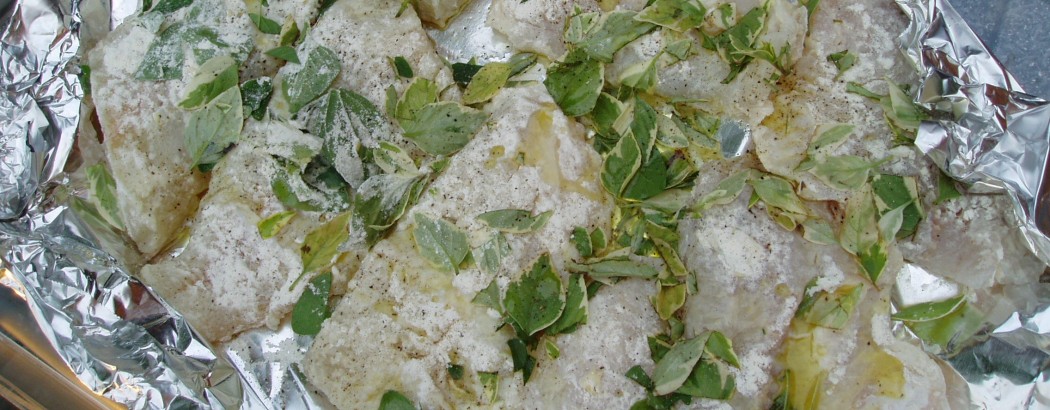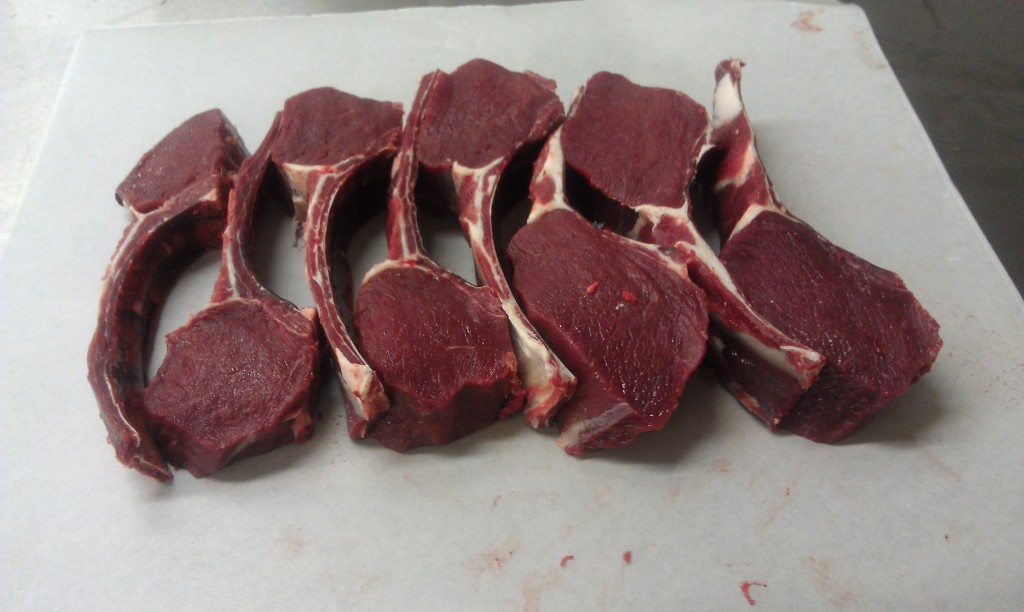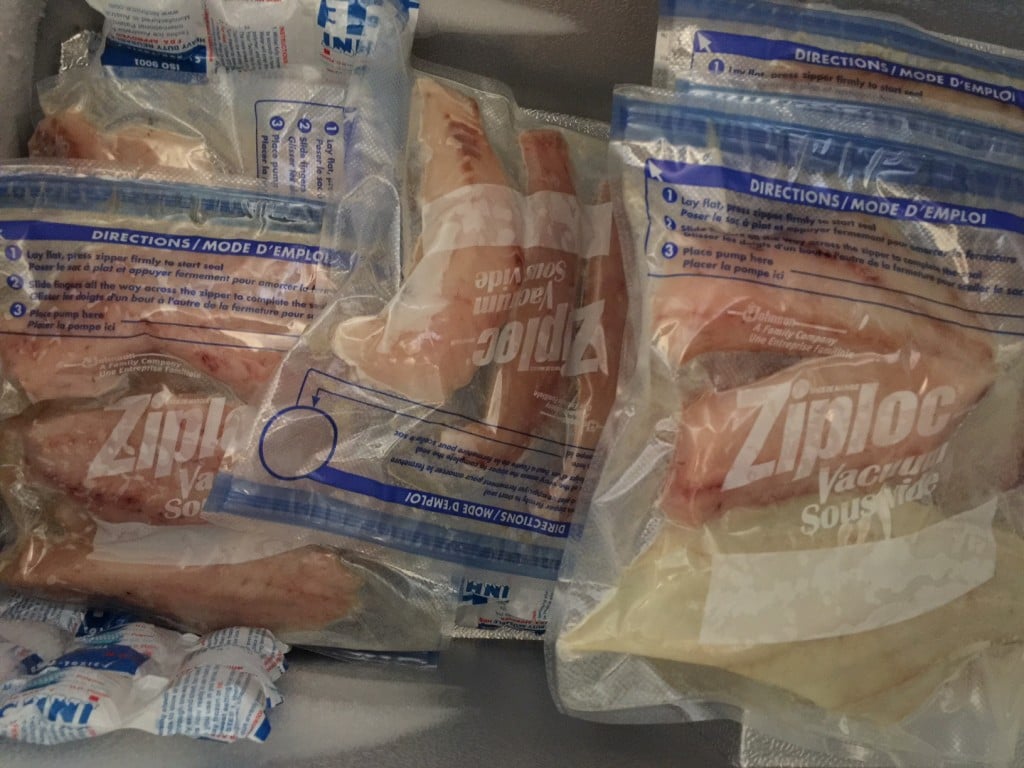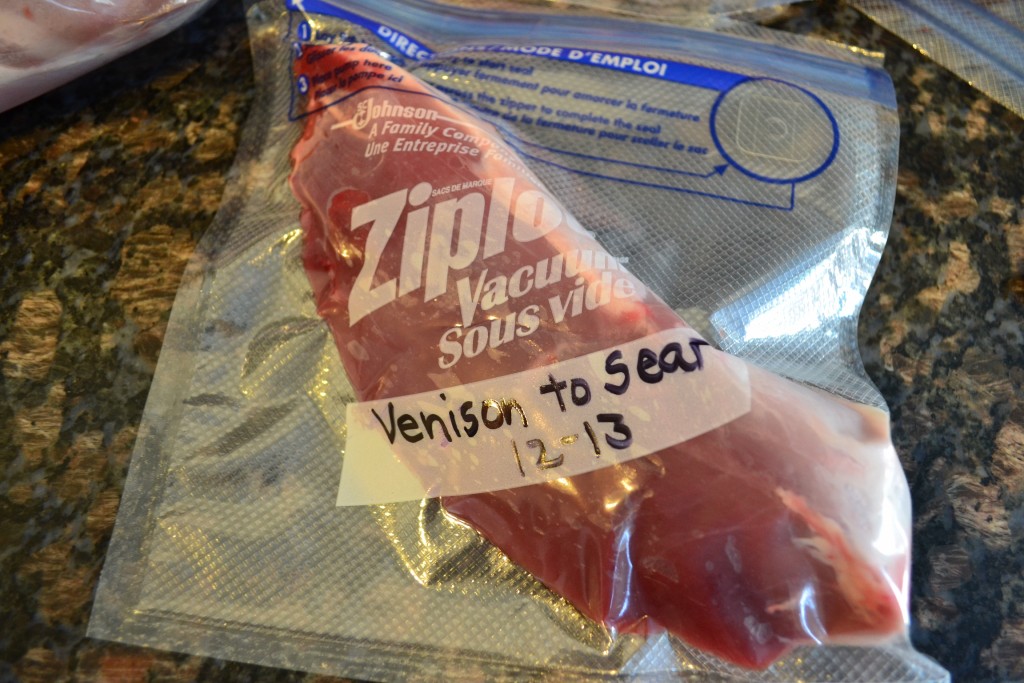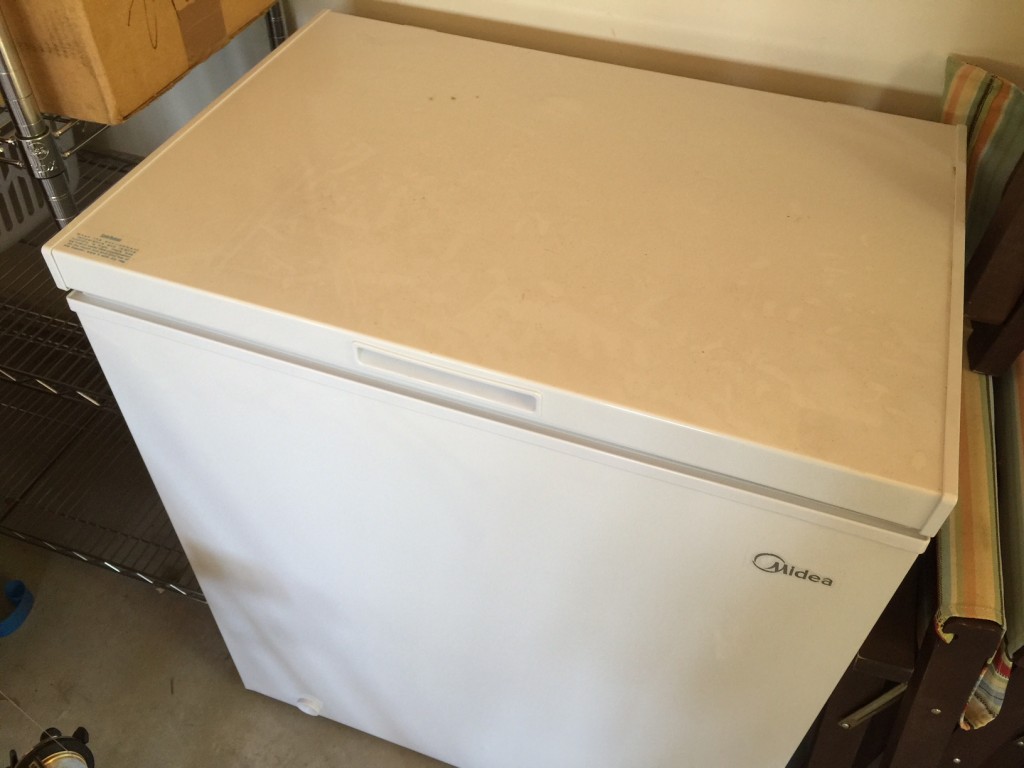At Fin & Field our main focus is on researching, planning, and booking your next adventure. Whether you fish or hunt with a guide or head out on your own, we are big fans of being outdoors and having fun pursuing your passion. But once the hunt or your fishing trip is over you may have fresh fish or wild game to take home and feed to your family. If you had a really successful trip you will want to freeze whatever you wont eat right away. Here are 6 tips for caring for your harvest so that it comes out of the freezer in tip top shape. (Note: I assume you are not smoking, canning, or making sausage, in those cases some but not all of these tips will apply)
1. Field Dressing
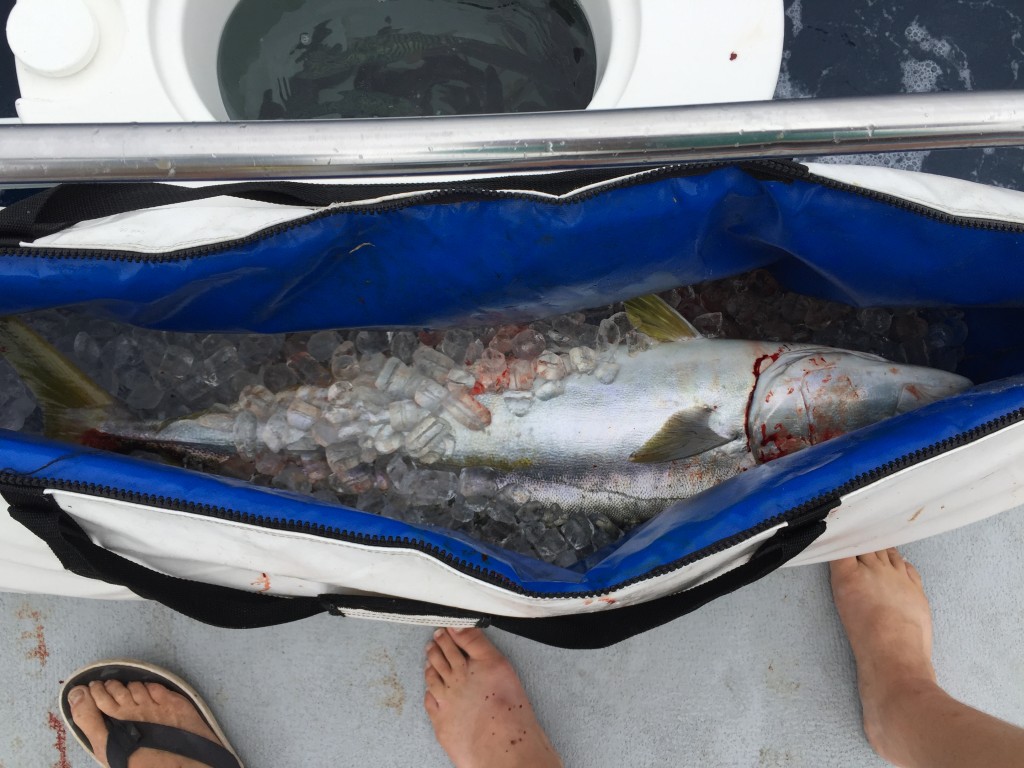
There some simple things you can do in the field to preserve the fish and game until you get home. With fish, keep them in a live well or get them on ice right away. An ice slushy is the most effective way to cool down fish quickly. One major tip that makes a big difference is to keep salt with salt and fresh with fresh, in other words a saltwater fish should not be exposed to fresh water and vice versa. When filleting the fish, just wipe the fillet down with a paper towel and if you must rinse the fillets do it in the water they were swimming in.
For both fish and game you want to bleed them and remove the organs quickly, but avoid puncturing the intestines as it introduces bacteria. With game, you need to keep the meat clean and free of dirt and hair (unless you are packing a birds cavity with dry grass to promote cooling and to absorb blood). Regardless if you bone out meat in the field you should make sure there is good air circulation around the pieces to allow the meat to begin drying out and cooling down.
2. Prepare for Freezing
When you prepare fish for freezing you can chose to fillet and/or steak it depending on the species and the size. Freeze everything right away that you wont eat within 2 days. Anything not being frozen will stay freshest if kept on ice. I vacuum pack everything and keep what I will eat within the first few days suspended in a bowl of ice in the fridge. With game, it is important to get the meat to a temperature controlled location ASAP. Your location should be suitable in size for hanging your game and kept between 32-37* F. Aging is a personal preference but the consensus seems to be 3-14 days will tenderize the final product. You MUST be careful with aging to prevent the meat from spoiling, if the meat wasn’t chilled quickly enough, was gut shot, or trailed excessively before it fell you shouldn’t age it for as long, or potentially at all.
3. Vacuum pack
Cut both fish and game into meal size portions before freezing. You can wrap the meat in plastic wrap and then freezer paper, but vacuum packing is the best option. There are household vacuum packers, commercial grade vacuum packers, and even hand pump vacuum packers. Lately the hand pump (ziploc brand) has been my go-to for small amounts of fish (3-10 bags at a time). If you need to do a much larger volume of bags the electric versions might suit your needs better.
General tips for vacuum packing
-Make sure the meat is DRY, if it is too wet it will ruin the seal
-Do not overfill the bag or you may trap an air pocket inside
-If using an electric sealer, double seal both ends
4. Label
Lets all agree, right now, that mystery meat is bad. SO bad. So take a few minutes to label your sealed packages. Consider marking:
-Date harvested or date frozen
-Type of fish/game
-Cut
5. Freeze it quickly
The colder your freezer the better. The faster your food is frozen solid the fresher it will be when thawed. A deep freezer is a good investment and can be kept easily 20 degrees colder than a kitchen freezer.
6. Thaw
When it is finally time to pull out a frozen pack to enjoy your harvest you can let it thaw in the fridge or under cold running water. The cold water will thaw it quicker if you are going to cook it right away. Leaving it in the fridge to thaw will allow it to be used as much as 3-4 days later with excellent results.
Follow these simple steps and you will be extremely pleased with the quality of the final product and never have to worry about freezer burn again.
About Fin & Field
#FinandField #FYNA #DreamBig2016
Fin & Field is all about finding your next adventure. We’re working hard to provide the most comprehensive listing of services, reviews, and far reaching community available to help you take the guesswork out of planning your next adventure.
We believe in the ethical pursuit of hunting and fishing adventures and support taking from the land only what you can use and leaving it in better shape than you found it.
Tight Lines & Happy Hunting!
Visit us at www.finandfield.com

